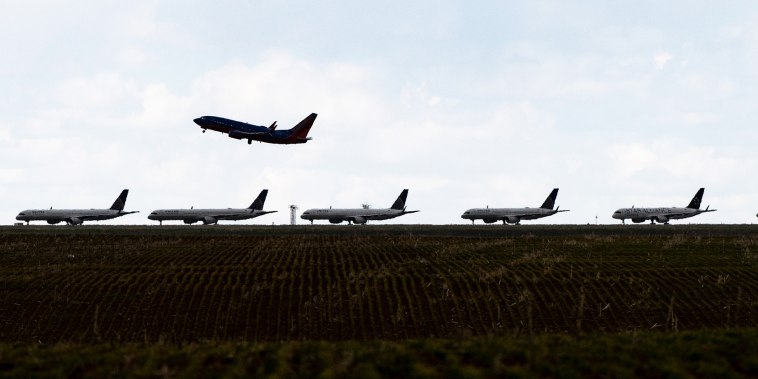
Fear Not! Rising Aviation Incidents Don’t Ruffle Expert’s Feathers
It appears that scarcely a day goes by without an aviation incident making headlines. The recent string of high-profile incidents in the aerospace industry may appear worrying, creating a perception that air travel is becoming increasingly hazardous. However, aviation experts are urging the public not to panic, emphasizing that these apparent trends may be misleading.
The first point to note is that aviation safety is continually improving. This perception of rising incidents is largely a consequence of improved reporting and online information dissemination. Global aviation’s commitment to robust safety standards involves meticulous documentation of even minor incidents. In other words, an increase in reported incidents might simply be a reflection of this heightened vigilance, not a decrease in safety.
Moreover, the significant advancements in aviation technology significantly contribute to the overall safety of air travel, according to airline safety specialists. Emerging trends towards more sophisticated navigation and communication systems seem poised to further enhance aviation safety. We now have planes equipped with collision avoidance systems, weather forecasting technology, and advanced navigational tools, which have tremendously minimized the instances of human error.
Another crucial factor to consider when interpreting the apparent rise in incidents is that aviation is a rapidly expanding industry. The rise of low-cost carriers and the increasing accessibility of air travel worldwide have catalyzed an unprecedented surge in global air traffic. Consequently, a larger number of incidents might naturally occur because there are more flights taking off and landing.
Importantly, the term ‘aviation incident’ needs to be clarified. It broadly refers to any event deviating from standard operating procedures, with a vast majority posing no immediate threat to passenger safety. Most incidents are manageable and are often used as lessons to improve future safety procedures and systems.
For example, bird strikes are a common aviation incident. They occur when a bird collides with an aircraft, often during takeoff or landing. While bird strikes can damage the plane, they rarely lead to serious accidents due to rigorous safety measures and redundant systems built into modern aircrafts. In 2017 alone, USA’s Federal Aviation Administration reported over 13,000 wildlife strikes, but none of these resulted in a fatal crash.
Nonetheless, it is undeniable that dramatic incidents – like plane crashes – receive more media coverage due to their tragic outcomes and the coverage they generate. This disproportionate focus inadvertently inflates the public’s perception of risk associated with flying.
In summary, although the number of reported aviation incidents seems to be on the rise, it doesn’t necessarily correlate with an increase in danger. Experts reiterate that aviation remains one of
